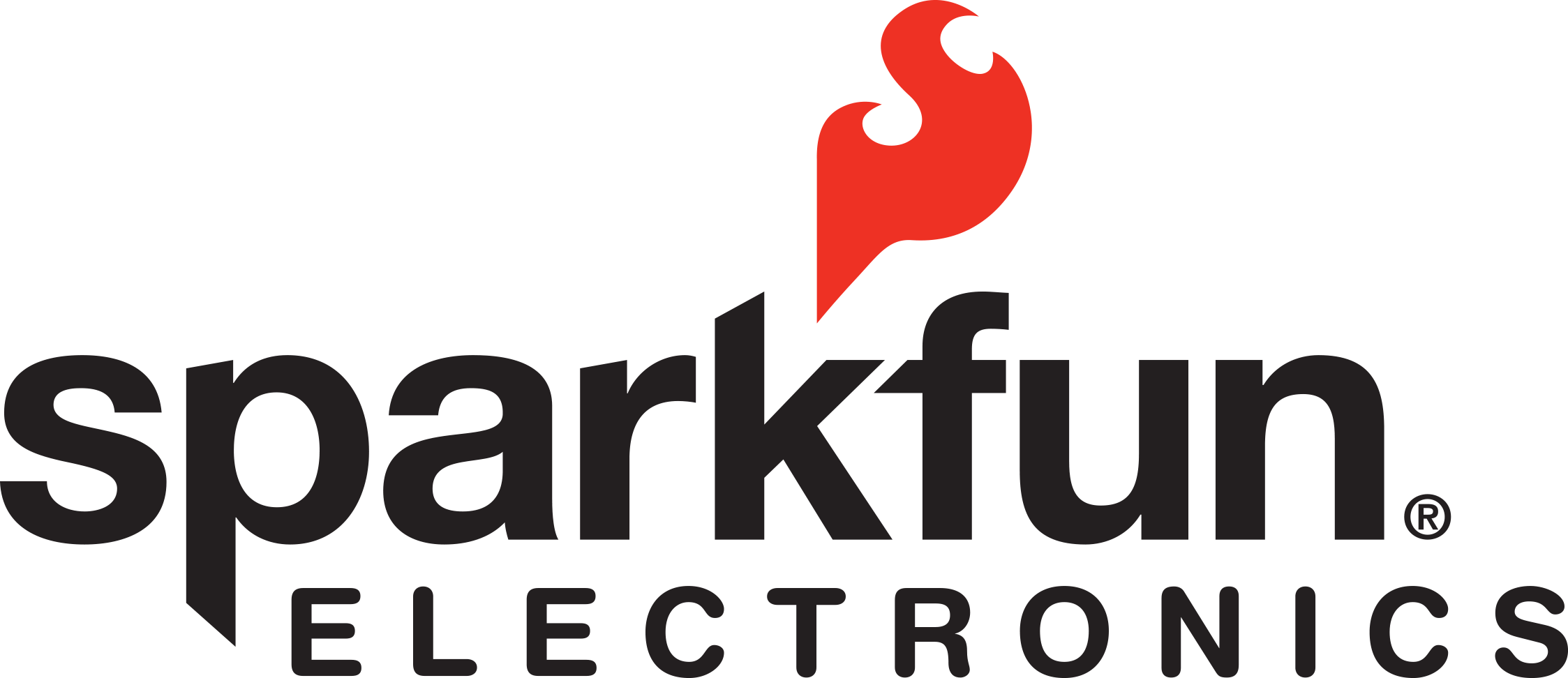
SparkFun
SparkFun is a leading provider of electronics products and resources for hobbyists, makers, and professionals. Established in 2003, they offer a wide range of open-source designs including development boards, sensors, components, and tools. Their products cater to various applications such as robotics, IoT, wearable technology, and digital fabrication. The company's mission is to make technology more accessible and fun. They offer tutorials, projects, and resources on their website, encouraging innovation and creativity in the electronics community. SparkFun is committed to providing exceptional customer support and extensive documentation for their products, catering to individuals of all skill levels. SparkFun actively engages with their community through forums, events, and workshops, fostering a collaborative learning environment. Their commitment to accessibility, affordability, and community engagement has established them as a trusted name in DIY electronics. Overall, SparkFun is a reputable company that provides high-quality electronics products while promoting accessibility and innovation within the electronics community. With their emphasis on customer satisfaction and community engagement, they have become a leader in the industry.
LED Indication - Discrete
Results:
44
Series
Wavelength - Dominant
Color
Viewing Angle
Millicandela Rating
Size / Dimension
Height (Max)
Lens Size
Lens Transparency
Current - Test
Mounting Type
Supplier Device Package
Lens Style
Package / Case
Voltage - Forward (Vf) (Typ)
Configuration
Grade
Qualification
Features
Wavelength - Peak
Lens Color
Results remaining:44
Applied Filters:
SparkFun
About LED Indication - Discrete
Light Emitting Diodes (LEDs) are semiconductor devices that emit light when an electric current flows through them. LEDs in this category are generally utilized in single or array configurations to indicate the status of printed circuit boards. LEDs can be differentiated based on various parameters like package/case types, wavelength, viewing angle, forward voltage, current rating, millicandela rating, color, and mounting type. The package/case type refers to the physical form of the LED and can vary from small surface-mount packages to larger through-hole packages. Wavelength is a critical parameter that defines the color of the light emitted by the LED. The range of wavelengths emitted by the LED determines its color, and commonly available colors include red, green, blue, yellow, and white. Viewing angle refers to the angular range over which the emitted light is visible and can vary from several degrees to more than 180 degrees. Forward voltage is the voltage required for optimal operation of the LED, and current rating is the maximum current that can pass through the LED without damaging it. Millicandela rating indicates the brightness of the LED, and it typically ranges from a few milli-candelas to several hundred. Mounting types can vary from surface-mount to through-hole and may be available in common anode or cathode configurations or bidirectional. Overall, these parameters enable engineers and designers to select the appropriate LED for specific applications. Whether it's for indicating status on a printed circuit board, illuminating a display, or providing backlighting, LEDs offer a versatile and efficient solution with precise control over illumination characteristics.

